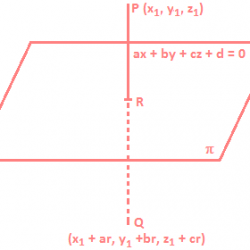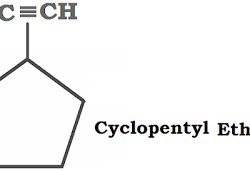IUPAC Rules for Naming Organic Compounds Containing One or More Functional Groups
The rules are summarized as follows: 1. Select the longest continuous chain containing the carbon atom having functional group(s). 2. The numbering of atoms in the parent chain is done in such a way that carbon atom bearing the functional group gets the lowest number. 3. It two or more same functional groups are present, Read more about IUPAC Rules for Naming Organic Compounds Containing One or More Functional Groups[…]






